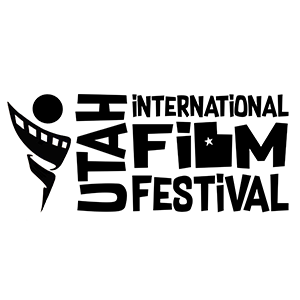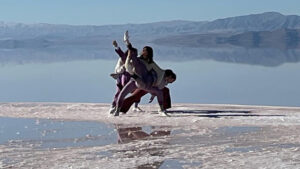Aaron Colborn – Jump Seat

We had the opportunity to interview Aaron Colborn of Papercutter Pictures about his film Jump Seat. Jump Seat is an official selection in the 12th annual Utah Film Festival.
Jump Seat follows Quincy is a driver that spends her nights moving criminals around the city. But when an old friend ends up in the back of her car with a hit-man hot on his tail, a simple transfer becomes a fight for survival.
What was the inspiration to make Jump Seat?
The inspiration for Jump Seat really was to identify things that I’ve always wanted to put on screen and design a narrative around those elements. For example, a rooftop at night looking out at the city lights – check, a long take set to pop music where something terrible is happening – check, conversation in a car on a real city street – check, a single take of someone singing while being highly emotional – check. And there are others but the idea was to really scratch some of my filmmaking itches.
From idea to completion, how did this production change?
Honestly not much changed from the original script except for one of the locations. Originally the events in the video store were written to happen in the back offices of a mechanic’s garage, but when we found out a video store was available for us to shoot in, we pivoted and I rewrote the script to take place there. It’s a much interesting, more dynamic location.
What was the biggest challenge in getting Jump Seat made?
Learning how to legally shoot a scene inside a car driving around on city streets. From loading a car on a process trailer to getting the proper permits and securing the route with a police escort, that was full on the job training for us.
What do you think is the most important takeaway from your film?
For a film thats full of murder and mayhem, the message is pretty wholesome: follow your dreams before it’s too late.
If you could have a do over with Jump Seat is there anything that you would do differently? If so, what would that be?
I broke one of my own rules by having a 23 minute runtime. I always say a short film should be no longer than 15 minutes, so I probably would find a way to make it shorter.
What do you have next in the works?
Currently I am rewriting the script for a feature length thriller that I plan on directing next. It’s called Brownstone and it’s the darkest thing I’ve ever written.
How can we learn more about you and your projects?
@papercutterpictures on Instagram or aaroncolborn.com




